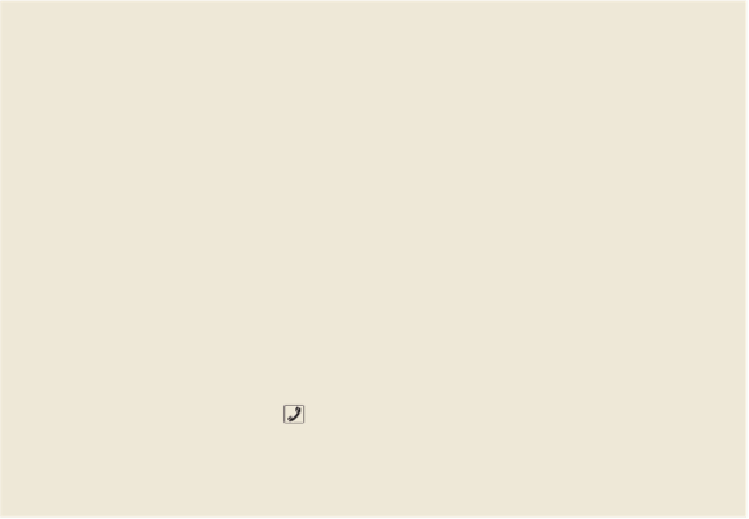Travel Reference
In-Depth Information
Heritage designation). Along with basket weaving and ceramics, the Toba are
known for their version of the fiddle, which they make out of a gas can.
The region's most numerous indigenous group is the
Wichí
, with a population of
over 60,000. Because the Wichí remain extremely isolated (they live nearly 700km
from Resistencia, in the far northwest of Chaco province and in Formosa and Salta
provinces) they are the most traditional of its groups. They still obtain much of
their food through hunting, gathering and fishing. The Wichí are known for their
wild honey and their beautiful yicabags, which they weave with fibers from the
chaguar plant, a bromeliad native to the arid regions of the Chaco. Like the Toba,
most Wichí live in simple adobe huts.
The
Mocoví
are the Gran Chaco's third-largest indigenous group, with a popula-
tion of 17,000, concentrated primarily in southern Chaco province and northern
Santa Fe. Until the arrival of Europeans the Mocoví sustained themselves primarily
through hunting and gathering, but today they rely mostly on farming and seasonal
work. They are famous for their burnished pottery, which is the most developed of
the Chaco's indigenous pottery.
For more information on the Toba, Wichí or Mocoví, stop by Resistencia's
Centro
Cultural Leopoldo Marechal
( 0362-445-2738; Pellegrini 272; 8:30am-12:30pm &
4:30-7:30pm Mon-Fri)
, which has crafts exhibits and a shop sponsored by the Funda-
ción Chaco Artesanal, and the same city's Museo del Hombre Chaqueño. You can
also journey into the Impenetrable to visit the Toba or Wichí.
El Fogón de los Arrieros
CULTURAL CENTER
OFFLINE MAP
(Brown 350; admission AR$10; 8am-8pm Mon-Fri, 9am-1pm Sat)
Founded in 1943, this is a
cultural center, art gallery and bar that for decades has been the driving force behind Res-
istencia's artistic commitment and progressive displays of public art. It is famous for its
eclectic collection of art objects from around the Chaco and Argentina. The museum also
features the wood carvings of the local artist and cultural activist Juan de Dios Mena.
Check out the irreverent epitaphs to dead patrons in the memorial garden; it's called 'Co-
lonia Sálsipuedes' (leave if you can).
Festivals & Events
Bienal de Escultura
SCULPTURE
(
www.bienaldelchaco.com
)
In the third week of July in even years, this event brings 10
renowned Argentine and international sculptors to town. Arranging themselves around




